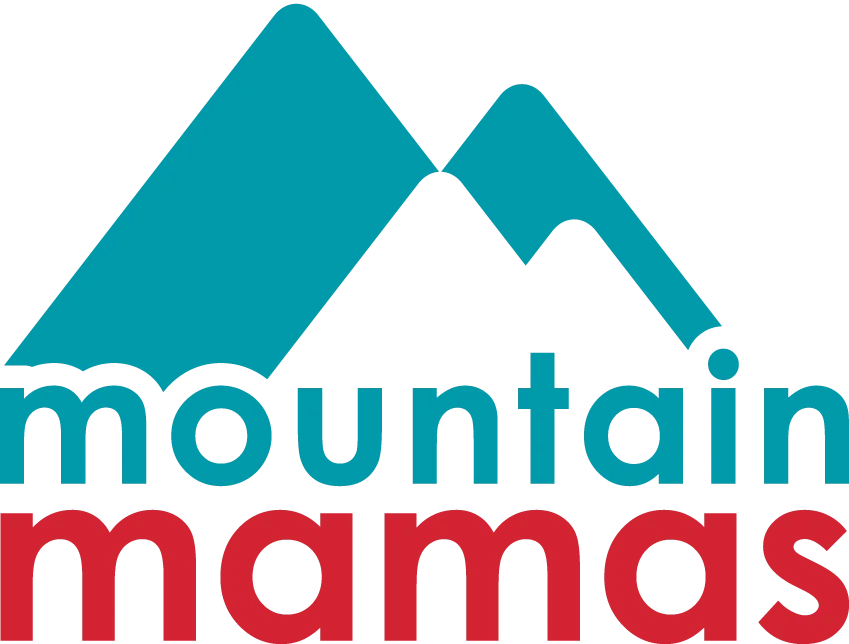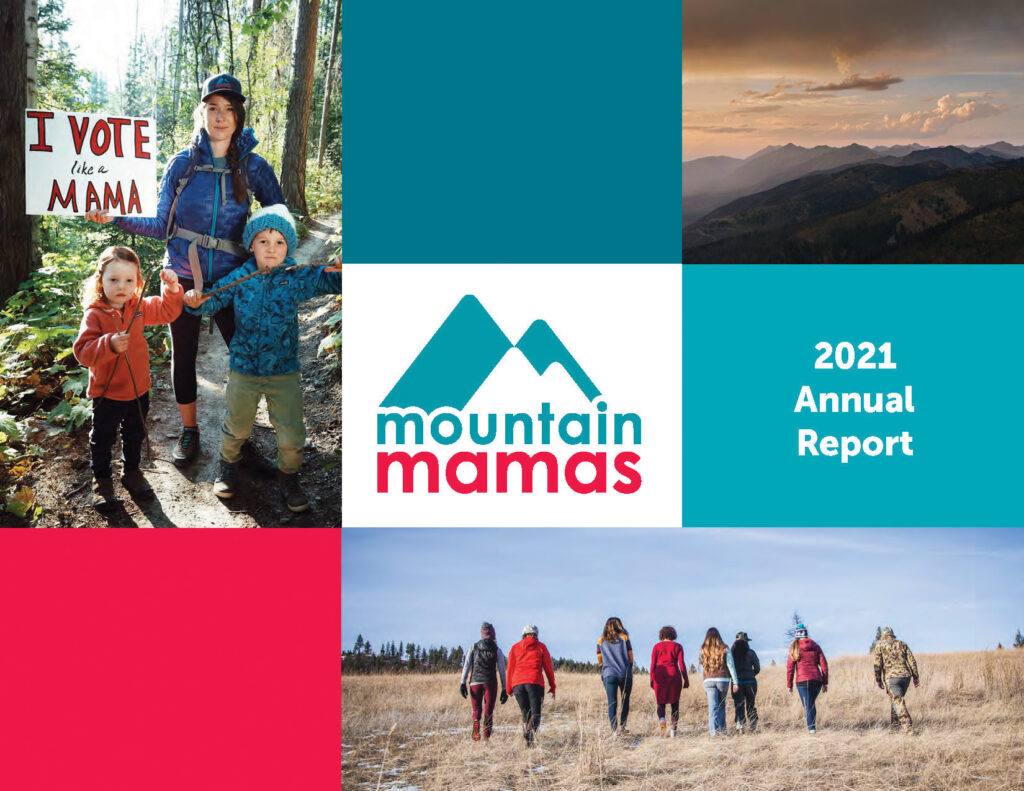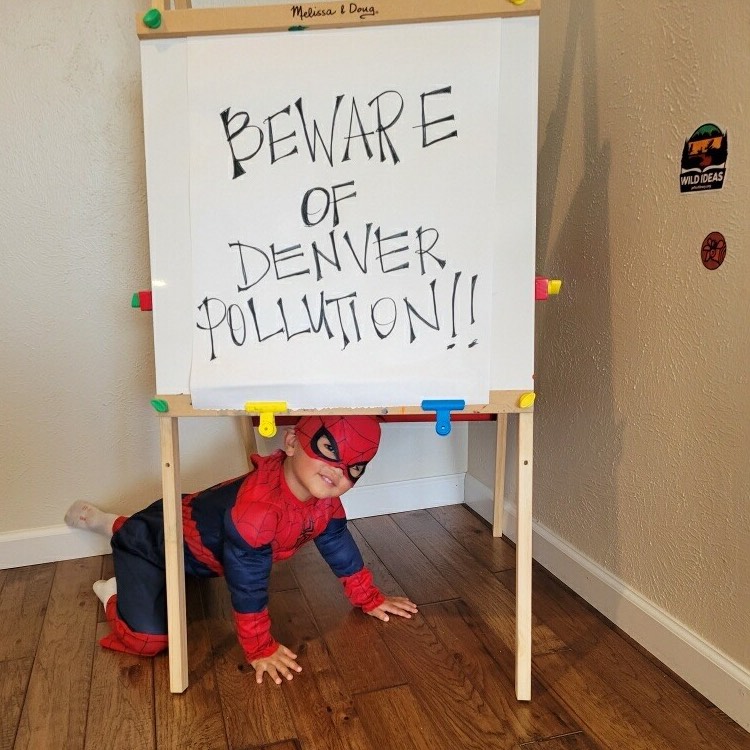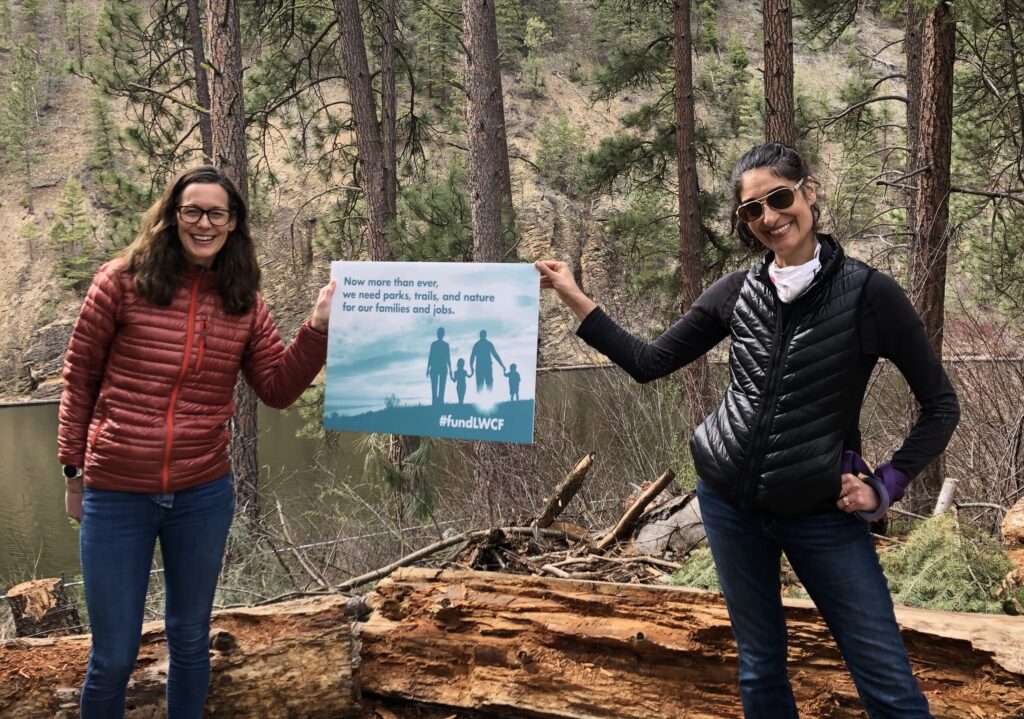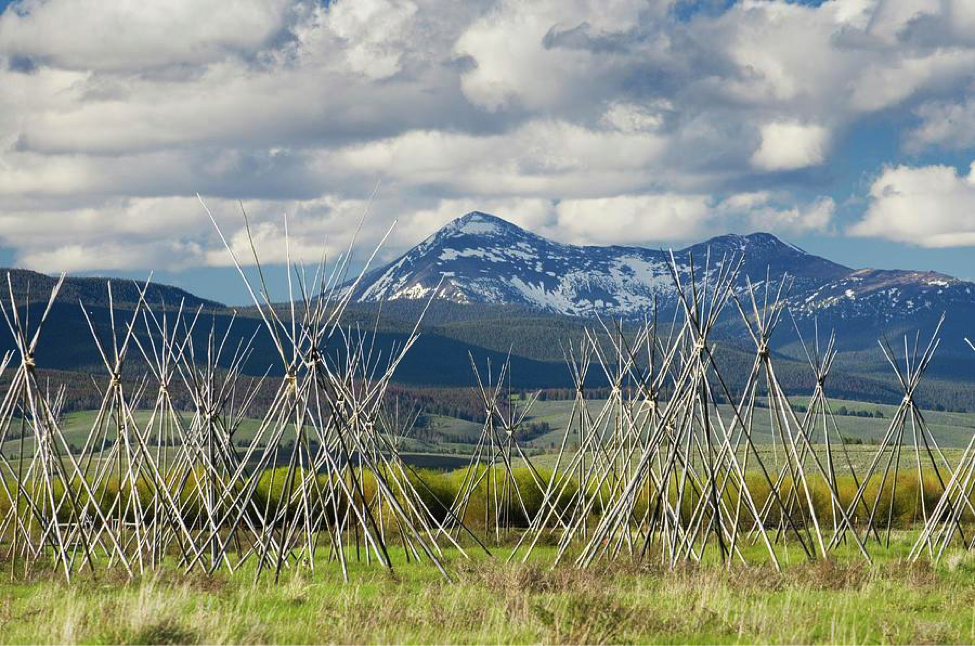
Photo by Alan Majchrowicz
In 23 years in Montana, my only national monument experience is twice being overcome with breathless emotion as I stood on a hill above the Battle of Greasy Grass, aka The Little Bighorn Battlefield in southeast Montana. Both of those trips happened in summer, but our national monuments, parks and public lands do not hibernate in the winter.
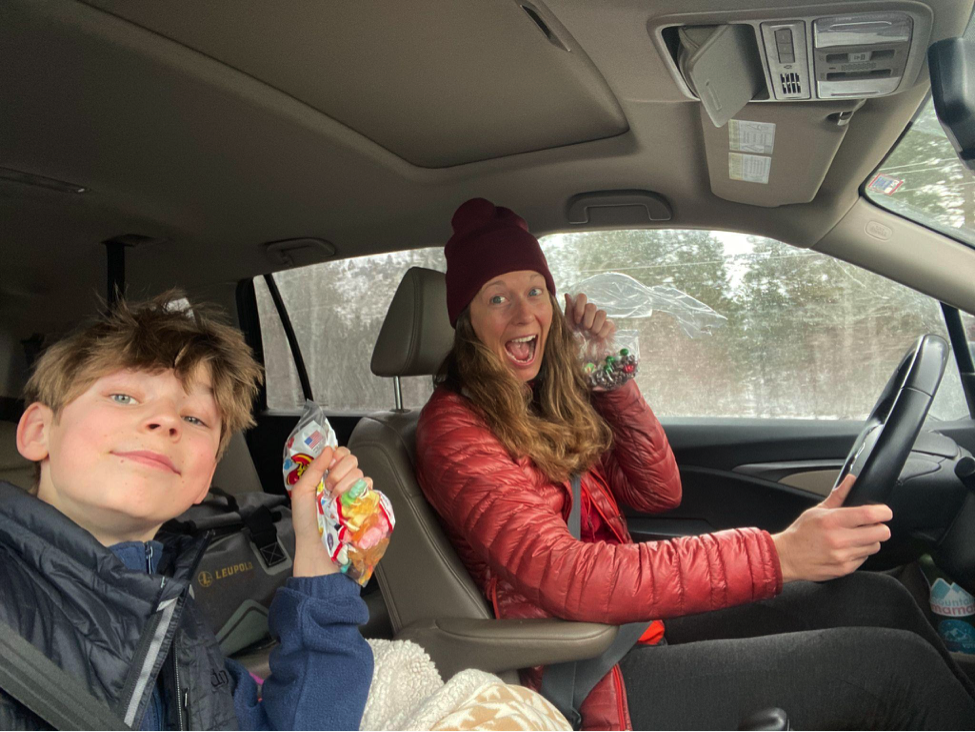
So on a sunny February day, my son Badge and I decided to flip that script and make it a winter adventure as we set off for the Big Hole Battlefield outside of Wisdom, Mont. I had a feeling the emotion I felt during those summer trips might be similar to what I felt on that ridge above the Little Bighorn.
Badge is 14 and out of everyone in my family is the most likely to say yes to an adventure – no matter what it looks like. But I admit the promise of skiing on the same day with his mountain mama may have been what really convinced him.
Even so, there were still a few sideways looks when I said we were going to get some Montana public lands history on this ski trip – a “vegetables AND ice cream adventure,” I coined it.
As an eighth grader, Badge has already had his required Montana history lessons – and this was an opportunity to see if they told the whole story of the native people, but without the requisite Friday test.
I grew up in Kansas, lands that at one point had more than 30 American Indian tribes, but most of which had been overlooked or just ignored in my Kansas history lessons. Instead, those lessons leaned heavily on John Brown’s battles just north of my tiny hometown, and the annual Kansas Day celebration, which closely coincided with my birthday, making it feel like an extended cake-eating week. History at its finest.
On the drive down to the Big Hole Battlefield from Kalispell, I was reminded of the immensity of our state, because even though I’ve lived here more than 20 years, and explored some very remote corners of Montana, this was my first trip down the Bitterroot Valley.
I found the small towns along Highway 93 much like those where I grew up. It may not have been Kansas but Florence, Stevensville, Victor, Corvallis and Hamilton felt a lot like home.
Our favorite little town was Darby, where the brakes were thrown when we saw the neon signs and flags of – candy. Badge and I spent a delightful few minutes in the Old West Antiques and Candy Store where we stocked up on only the finest road snacks – sour piglets, squishy brains and Christmas mints.
The final stretch to the Big Hole Battlefield took us up Lost Trail Pass and then east down Chief Joseph pass. We were on a sugar high and singing to the local hip-hop radio station. But as the winds picked up and we neared our destination, I was reminded of the seriousness of this part of our trip. A familiar cloud descended, and the big brown sign announced we had made it – The Big Hole Battlefield.
I looked over at Badge, announcing our arrival to his response of, “Yep.”
The road turns north towards the Big Hole River and the spartan national monument visitor’s center at the end of a long, slow march. Was this intentional? It was so vast and desolate in the heart of winter. White wind swirling and gusting. Fire-seared forest outlining the western horizon.
The first thing to catch Badge’s eye – a relic of the past – a defunct phone booth. And the first to catch mine – a 30’ flagpole with the American flag taught in the sharp wind. Both announcing our arrival at a sacred burial site of the Nez Perce people.
We arranged to meet friends from Wisdom and Bozeman at the Battlefield – a motley crue of a bachelor log home builder and an Army veteran journalist. We’re knitted together through shared passions and on this day, for history and a promise of powder tracks.
Upon arrival we were informed all of the trails were closed due to the Montana wildfires that had consumed the nearby forest last summer. And while I wanted to be on the land, the inclement weather and the prospect of a 14-year old’s pushback, made watching a 25-minute video the best alternative.
History came to life as we pieced together the fateful night of August 9, 1877, where “by the time the smoke cleared on August 10, almost 90 Nez Perce were dead along with 31 soldiers and volunteers.” Peacefully camped on their homelands, along the banks of their Big Hole river, this band of non-treaty Nez Perce defied the 1863 Treaty to confine them to a tiny fraction of their ancestral territory. The military soldiers on the mission wrote to loved ones before their departure, believing this would be their last communication, as death was surely imminent.
We marveled at the history that has been collected through written military records and the deep oral tradition of the Nez Perce. But what struck me the deepest, were the final photos – ones taken at the annual gathering of the Nez Perce – of a Nez Perce elder, wearing a war veteran’s hat, waving an American flag against a backdrop of colorful teepees and ceremony.
While I sit in what is left of our manifest destiny, I see from those who have been forced to live and die from it, thanks to these important stories and places. I absorb that my experience is not all that is; that our way might not be the only or best path. Holding two hard things is possible – the founding of a new nation and the respect for the history and lands of the conquered.
But this is what learning about history is supposed to do – it’s to inform our future actions. It’s not supposed to define everything about us, but rather help us do better. Just like I say to my kids, “when you know better, you do better.”
These places, our national monuments and the history in them, are necessary. They are the fabric of a nation of many – torn, bloody, repaired and scarred.
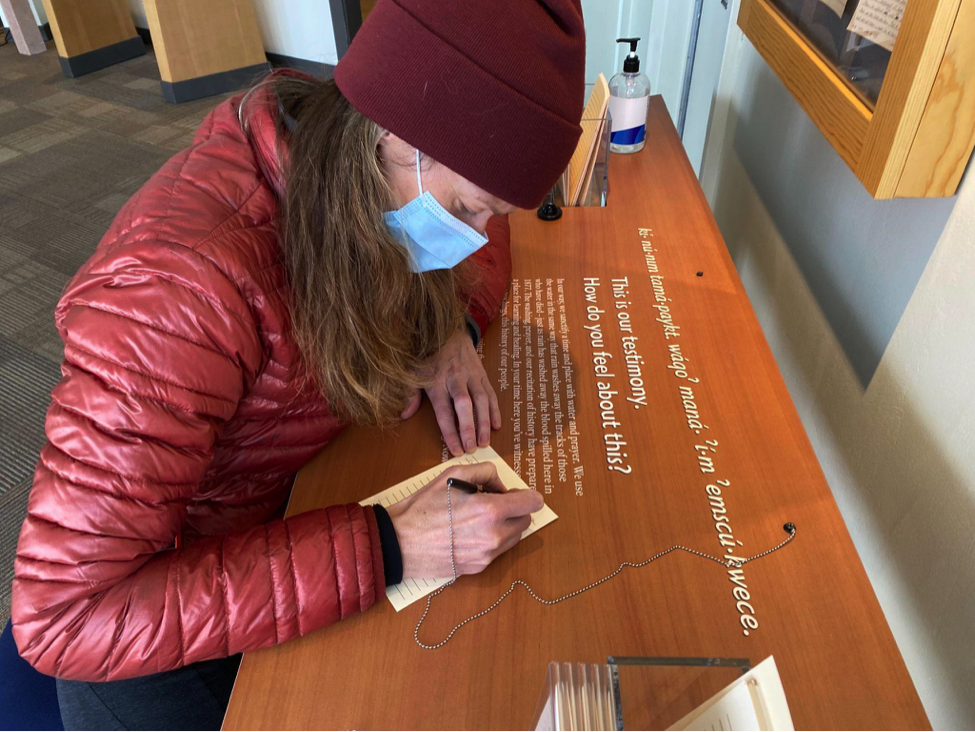
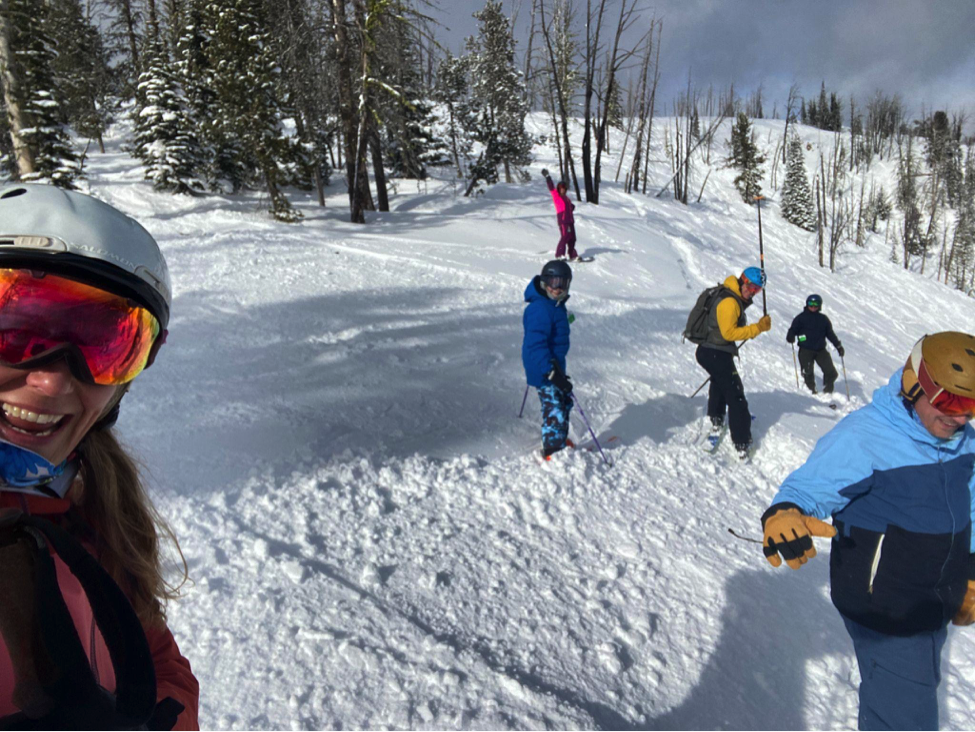
Our national monuments, parks and public lands help us tell those stories. We need more of them. We need support for those places and people who are still trying to tell their history. From the South to the northwest, this country…this world…is built on story – our national monuments bring those stories to life.
At the end, I was also reminded Montana kids need skiing, fun and promises kept. So I took a deep breath as we jumped in the car and drove up the road back to Lost Trail Ski Area. I spent the rest of the day alternating between a love of my state and a deep sorrow for native peoples. And grateful for the stories that bind us all.
Sara Busse is the Communications Director for Mountain Mamas. In addition to words, food and her family, she loves sparkle, fluffy powder days and early bedtimes.
